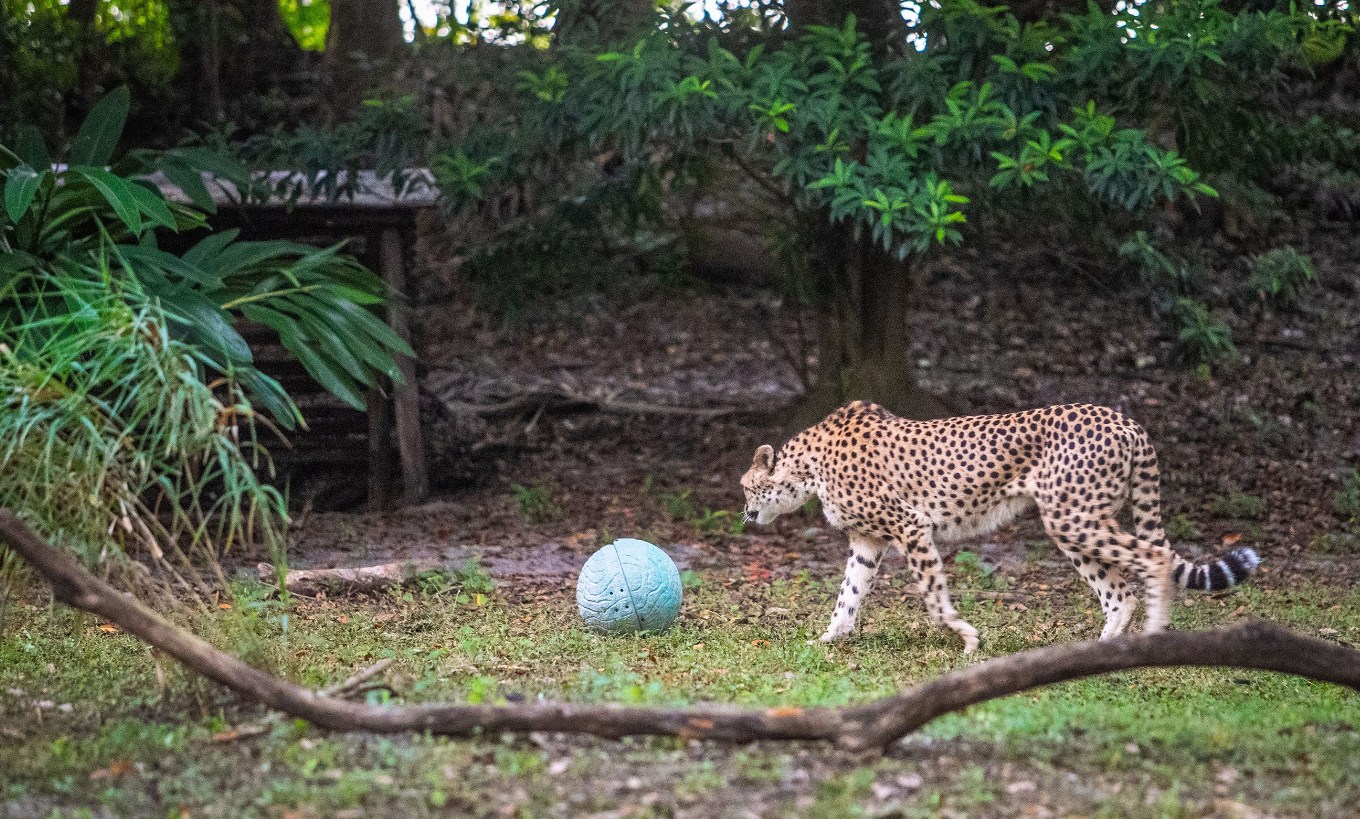By employing the latest in 3D printing, motorized mechanics, and innovative uses for recycled items, the creative minds at Walt Disney Imagineering have collaborated with the animal care team at Walt Disney World Resort to roll out new enrichment opportunities for the animals that call the park home.
Hundreds of unique species depend on the team at Disney’s Animals, Science, and Environment daily, not only for their ongoing health and development but also to provide mental and physical enrichment. By adding in the creativity of Walt Disney Imagineering, the teams continue to innovate new enrichment activities together, developing imaginative techniques and inventions to engage the animals and encourage natural behaviors for mental and physical stimulation, ultimately enhancing overall wellbeing.
Driving Innovation with 3D Printing’
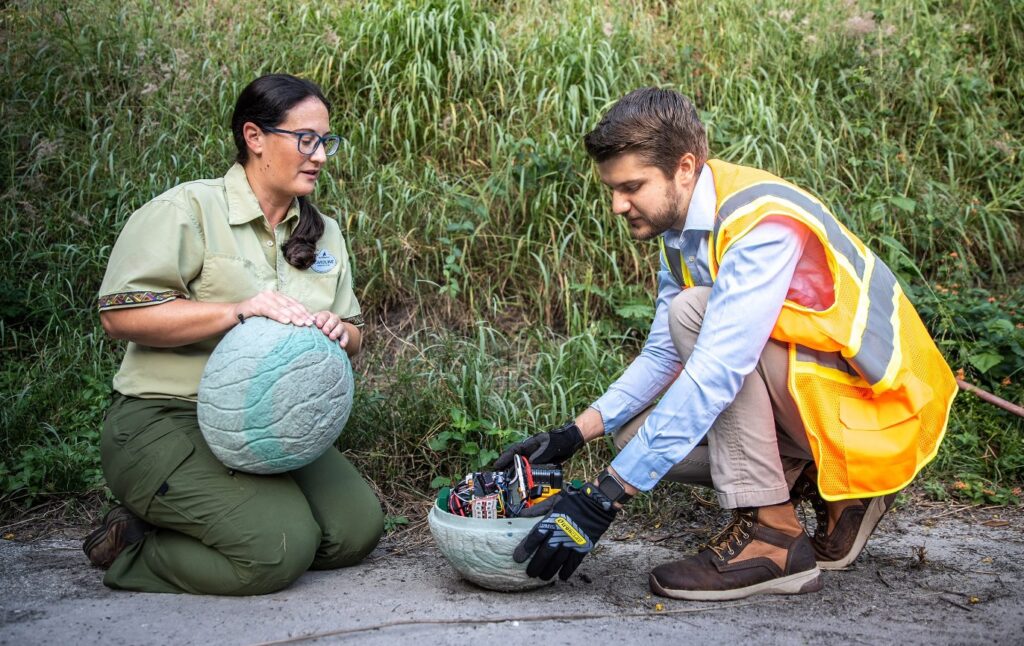
Innovation is key when it comes to creating complex enrichment opportunities for animals such as cheetahs. Recently, teams across Walt Disney World created a highly innovative form of enrichment known as a cheetah ball. This ball is motorized and allows cheetahs to chase a moving object as they would in the wild. With the help of animal keepers and a remote control, the ball helps to engage the animal’s natural instincts to hunt and run. Parts of the motorized cheetah ball were created using a 3D printer and the help of a few engineers. You can see the ball and cheetahs in action on season two of “Magic of Disney’s Animal Kingdom,” now streaming on Disney+.
Creative Enrichment for All Animals at Walt Disney World Resort
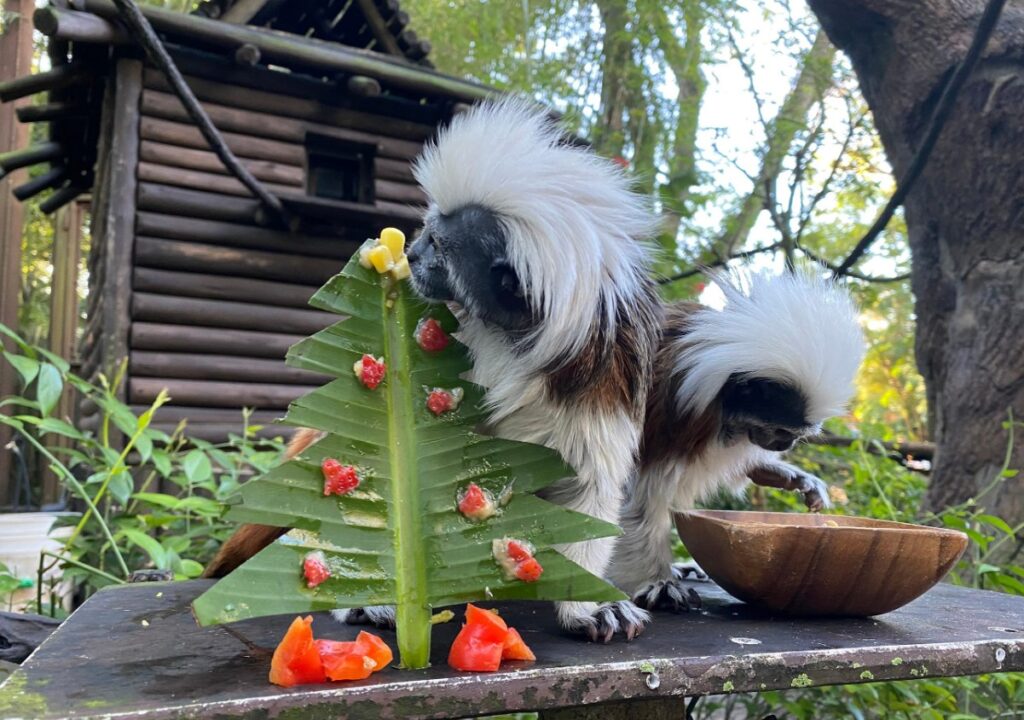
The animal care team tailors enrichment to the unique needs of every animal at Walt Disney World. For example, lions hunt as a vital part of their natural behavior; as a result, enrichment is created to encourage specific behaviors, including stalking, pawing, biting, and clawing. To bring out those instincts, the team created a warthog-shaped ice sculpture designed to spark their curiosity. The ice sculpture was then coated with mud obtained from the warthog habitat to engage the lions’ sense of smell too. This form of enrichment not only provides lions the opportunity to mimic hunting behavior in their habitats but also serves as a means for helping the animals to cool off.
New Uses for Recycled Items
Recycling existing materials is another innovative way of creating enrichment. Great examples include recycled water bottles and coolers turned into warthog feeders, faux “logs” that store treats for primates, and old fire hoses woven into different shapes, making them the perfect enrichment for rhinos.
Some of these enrichment items used by the animal care team are made of recycled objects guests would once see or use in resorts across Walt Disney World. For example, the troop of western lowland gorillas receives bed sheets that are no longer in use to build nests to rest in, similar to how a dog would use a blanket or dog bed. This added layer of comfort also encourages playfulness among the gorillas.
Seasonal Enrichment: Even Animals Love the Holidays
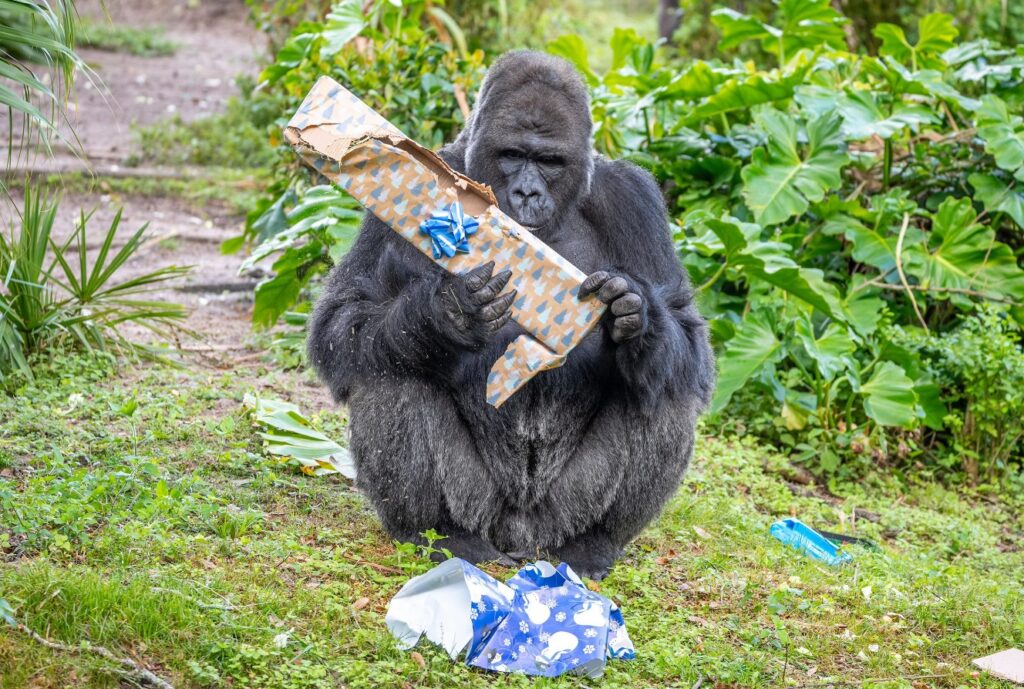
This holiday season, guests watched while gorillas opened holiday presents containing some of their favorite foods. The wrapped boxes included different foods such as popcorn, alfalfa hay, currants, and oats. Enrichment like this encourages natural behavior such as foraging, according to Angela Miller, behavioral husbandry manager. “They would naturally be looking for food all over the forest and having to open things, look under things, and these particular behaviors are the ones we are trying to encourage,” explained Miller. In addition to being a treat for the gorillas, guests also enjoyed watching the primates interact with the packages.
For more information on how Disney cares for animals and helps protect species in the wild, visit DisneyAnimals.com. Seasons one and two of “Magic of Disney’s Animal Kingdom,” streaming on Disney+, give viewers unprecedented access to some of the most rare and beautiful creatures on the planet and a chance to meet the animal care experts who have formed remarkable bonds with the park’s thousands of animals.
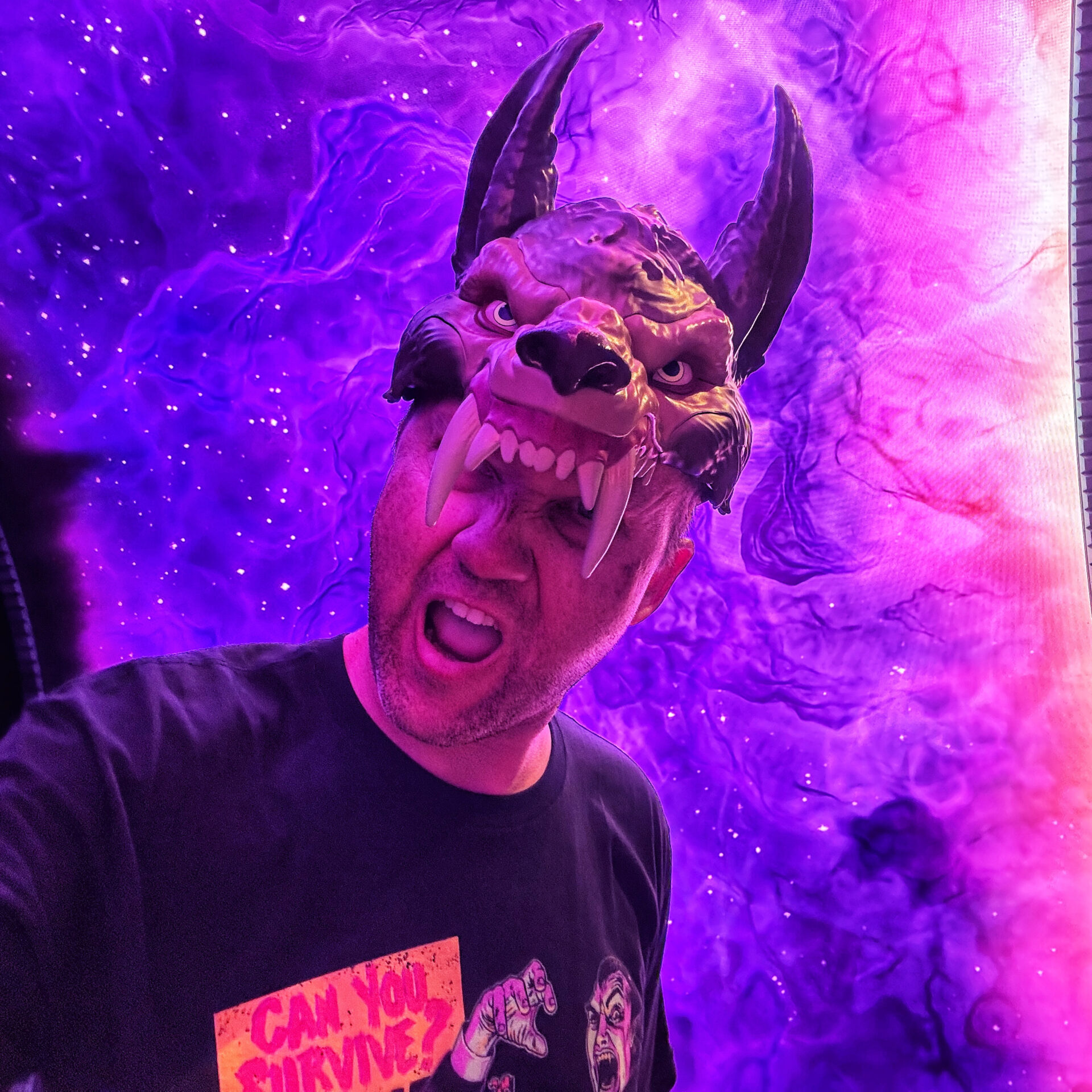
Clint Gamache is the owner of ThrillGeek. He started ThrillGeek to share his love of theme/amusement parks and pop culture with the world. You can find him at Halloween Horror Nights. Also, be sure to follow him on Twitter/X, Instagram @iamcg83

